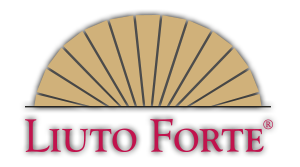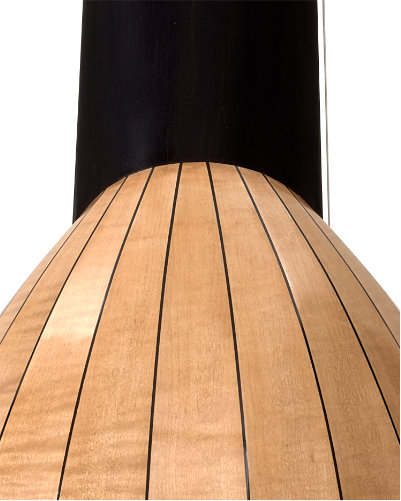Liuto forte in e
(Guitar tuning)
Repertory: all compositions for tenor lute from 1500 to about 1630, when using a capo tasto on the second fret: all compositions for 6-10-course alto lute from 1500 to about 1630, arrangements of compositions for d minor lute, compositions for 6-10-string guitars as well as compositions of the 19th to 21st century, continuo
11-stringed: G A B C D E A d g b e’
(8 fingerboard strings, 3 bourdon strings)
12-stringed: G A B C D F sharp (or F) E A d g b e’
(9 fingerboard strings, 3 bourdon strings)
13- stringed: G A B C D F sharp (or F) G E A d g b e’
(10 fingerboard strings, 3 bourdon strings)
14- stringed: D sharp (=E flat) G A B C D F sharp (or F) G E A d g b e’
(10 fingerboard strings, 4 bourdon strings)
or C sharp D sharp (=E flat) G A B C D F sharp (or F) E A d g b e’
(8 fingerboard strings, 6 bourdon strings)
(other tunings on request)
- String-length fingerboard strings 64 cm, String-length bourdon strings 88 cm
- a’ = 440 Hz
- Single stringing
- Slightly curved fingerboard
- 19 fixed frets (tied-on if desired)
- One rose, broad body, 11 ribs
- Traditional or geared pegs
- Wood: Rosewood, Maple, Yew
(recommended: Maple or Rosewood)
All four versions of the Liuto forte in e can also be stringed like a Liuto forte in d. In contrast to the Liuto forte in d their fingerboards are only slightly curved.

Liuti forti are delivered directly from the manufacturer and are not available from music shops.
If you would like to order a Liuto forte or need advice please send us an email.
If you wish, we can also put you in touch with Liuto-forte players in your area.
The Swan neck lute in e, developed in 2002 and since proving very popular, opens up unlimited possibilities for the guitarist. It takes into account that the usual tuning of a plucked instrument is no longer the g tuning of the alto lute but the e tuning of the tenor lute and of course the modern guitar. Taking the familiar tuning of the top six strings as a starting point, the guitarist can effortlessly work down step by step towards full use of the rich bass register. Naturally every player is free to experiment with tunings beyond the examples given here.
Liuto forte in e, swan neck, 11 strings
For players who would like to perform the baroque repertoire using an e tuning with a minimum of strings, and without octave doubling of the bass strings, the ideal solution is the 11-stringed Swan neck lute in e. However, in some passages the player will lack an open string tuned in f or f sharp, as in the 12-14 string version of this model.
Liuto forte in e, swan neck, 12 strings
The extra string in F sharp can be optionally re-tuned to F or G. This takes the fact into account that the most tricky fingering problems in the traditional tuning in 4ths on guitar and renaissance lute result from the lack of a deep F, F sharp or G open string. This additional string considerably simplifies the performance of all pieces in traditional 4ths tuning.
Liuto forte in e, swan neck, 13 and 14 strings
This instrument, which supplements the traditional tuning in fourths with the open string tones F and G otherwise lacking, not only opens up for players coming from the guitar an unlimited vista of possibilities, but also smoothens the passage to the d minor lute. Beginning with the familiar tuning of the upper six strings, the guitarist can become conversant step by step with the ample bass register this instrument shares with a Baroque lute in d minor. Once having mastered the extra bass register in this e tuning, the guitarist gains a fascinating freedom to switch from playing it as an swan neck lute in guitar tuning (reading from staff notation) to a baroque lute (reading from tablature). And for this transformation only four strings will need to be exchanged.
Samples
Please note that when recording with Liuti forti, there is no difference between the sound of the instrument in the recording and the sound of the instrument in the original. If you wish, compare the sound of the respective pieces with recordings of the same piece on copies of historical lutes that can be found on the Internet.
Martin D. Bills „Celtic ballad (Homage to O’Carolan)“
Saulius S. Lipčius, Guitarist, Lithuania,
Swan neck lute in e, Yew, played with nails
Little potato by Malcolm Dalglish
performed by choir Bel Canto
and Saulius S. Lipčius, Guitarist
Swan neck lute in e, Yew
Drewies accordes, anonym,
Jane Pickering lute book
Yannick Pignol, Guitarrist, France
Swan neck lute in e, yew, played with nails
„Improvisation 2“ for Liuto forte
(This piece begins very quietly)
Christian Vasseur, Guitarist and Lutenist, France
Swan neck lute in e, Maple, played with nails
„Improvisation 5“ for Liuto forte
Christian Vasseur, Guitarist and Lutenist, France
Swan neck lute in e, Maple
„Improvisation 6“ for Liuto forte
Christian Vasseur, Guitarist and Lutenist, France
Swan neck lute in e, Maple






